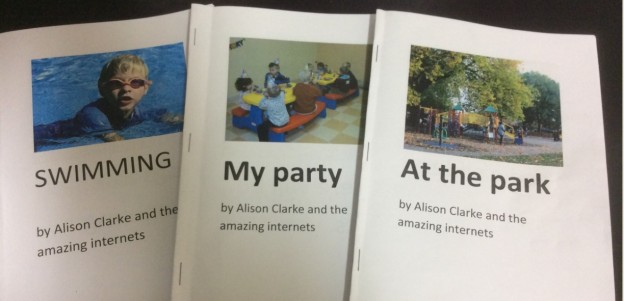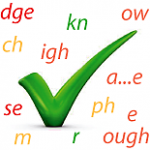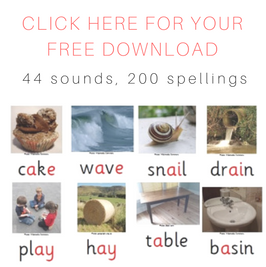Predictable or repetitive texts
6 Replies
I've made a new video about predictable texts, sometimes called repetitive texts.
These are short books typically given to little kids when they first start school, and which they take home to read with their parents.
Each page usually contains a sentence and a picture. The same sentence frame repeats on each page, with just one or two words changed to reflect the new picture.
Children often "read" these books by guessing from pictures, first letters and context, i.e. they engage in reading-like behaviour, but they're not actually reading. Often it's only when texts get more complex that adults notice that they can't actually decode.
Let's have a look at some example repetitive, predictable texts, and compare their spelling patterns and syllable structures with decodable texts, and see what they look like to a beginning reader.
If you get this blog post by email and the embedded video below has dropped out, click here to view it online.
To find a list of decodable books, click here.



[…] Spelfabet Learning the building blocks of words – sounds and their spellings […]
As you make abundantly clear, Alison, the devil is in the detail. The poor kid is forced to rely on multi-cueing, otherwise known as remembering whole words. It’s Janet and John, Dick and Dora, Peter and Jane redux.
What a difference between the above and what decodable readers offer: a structured, systematic approach that gives the practice a young child might need. What’s not to like?
Best,
John
[…] listed in the above table aren’t enough to convince you, please take the time to consider the texts students are introduced to when they initially learn to read. They are designed to accommodate this model of reading – one where students are encouraged […]
[…] and Pinnell books for beginners are predictable/repetitive texts, which don’t simplify spelling patterns, and thus tend to encourage children to memorise and […]
[…] Predictable of Repetitive Texts – Spelfabet, 2015 […]
[…] used widely in schools is still a Whole Language-based one. Its books for absolute beginners are repetitive/predictable texts, full of spelling patterns and word types that children are yet to be taught. Let me write an […]